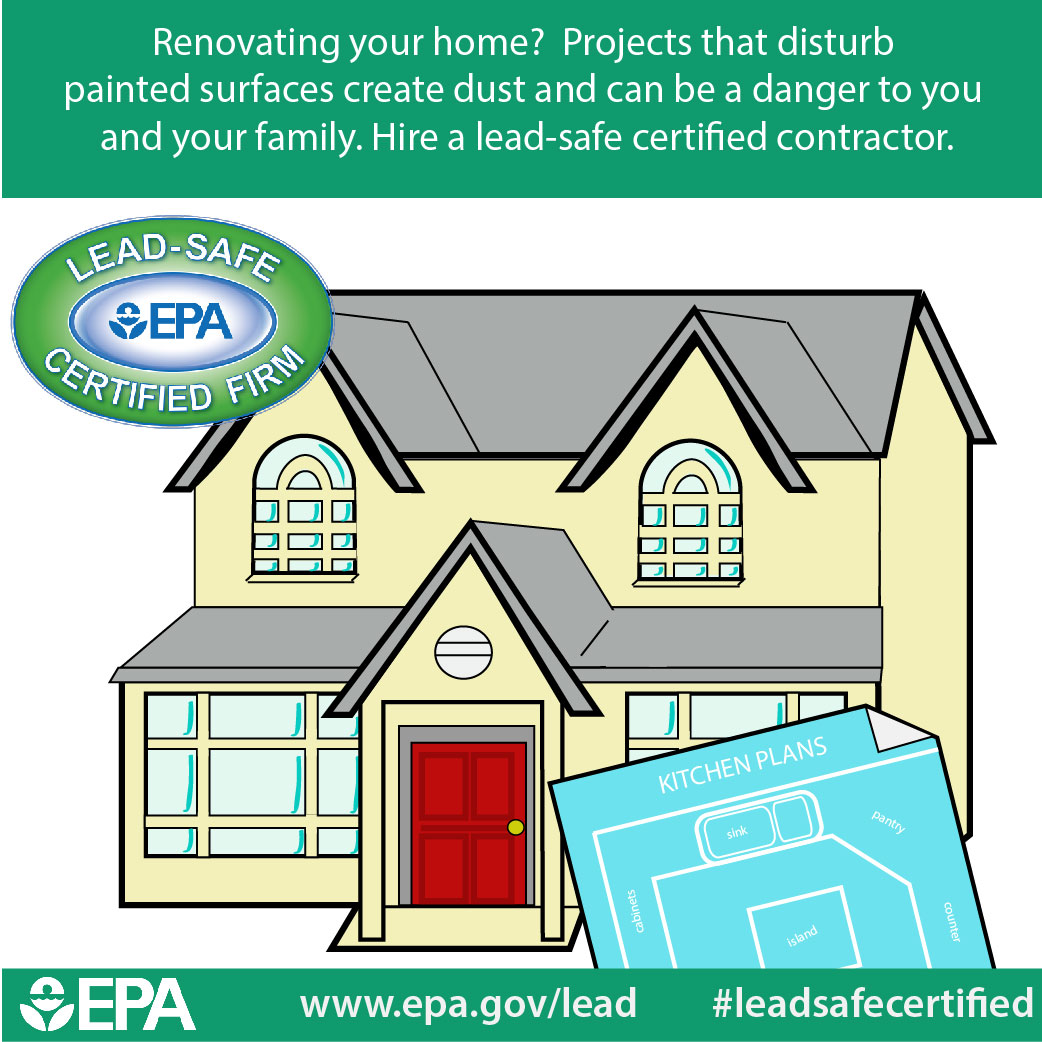Step-By-Step Overview To Preparing Your Wall Surfaces For Painting
Step-By-Step Overview To Preparing Your Wall Surfaces For Painting
Blog Article
Written By-Grace Pacheco
When you're prepping your wall surfaces for painting, it's critical to comply with a systematic procedure to guarantee a perfect surface. Beginning by taking a look at the wall surface for any type of damages; this action can make or break your project. When you've determined any issues, cleaning the surface area appropriately is necessary, as a dirty wall surface can influence paint adhesion. After that, you'll need to patch any blemishes and use a guide. But there are specific methods and suggestions that can boost your prep work video game-- let's explore those more to achieve the very best results.
Assessing Wall Condition
Prior to you order your paintbrush, take a minute to evaluate your walls' problem. Check for any kind of noticeable damage like splits, openings, or peeling paint. These imperfections can impact exactly how the paint sticks and looks once it's dry. If you observe any kind of substantial damage, you'll require to focus on repairs prior to diving right into painting.
Look carefully at the structure of your wall surfaces. Is linked website , or exists appearance that might need special factor to consider? painting free estimate call for much less prep, while distinctive surface areas might need even more time to repaint equally.
Additionally, take into consideration the previous paint work. If the old paint is glossy, it mightn't allow new paint to stick appropriately. You'll want to know if your walls have been painted with oil-based or water-based paint, as this can impact your selection of primer or paint.
Lastly, bear in mind of any type of wetness concerns. If you see indicators of water damages or mold, address these troubles quickly to prevent further difficulties.
Cleaning the Surface
When you have actually evaluated the problem of your walls, the next action is cleaning up the surface. Start by gathering your products: a pail, cozy water, a mild cleaning agent, a sponge or towel, and a scrub brush for tougher spots.
Begin at the top edge of the wall and work your way down. Mix the cleaning agent with warm water in your pail, then dip the sponge or fabric into the solution. Wring it bent on avoid excessive moisture on the walls.
As you clean, pay very close attention to areas that might've accumulated dirt, oil, or fingerprints. For stubborn stains, make use of the scrub brush carefully to prevent harming the paint under. Wash your sponge or fabric frequently in tidy water to stop spreading out dirt around.
After cleaning, visit this web-site to wipe the walls with a moist cloth to eliminate any kind of soap residue. This step makes sure a smooth surface for the new paint to stick to.
Enable the wall surfaces to dry completely prior to proceeding to the following prep work steps. This comprehensive cleaning procedure will assist create a fresh canvas for your paint project, making sure the best results.
Patching and Priming
Patching and priming are crucial action in preparing your walls for a fresh layer of paint. Initially, inspect your walls for any type of openings, cracks, or blemishes. Utilize a high-quality spackling compound or patching paste to load these areas.
Apply the compound with a putty blade, smoothing it out so it's flush with the surrounding surface area. Allow it to completely dry completely, and then sand it lightly up until it's smooth and also.
When you've patched everything, it's time to prime. Guide assists secure the covered areas, guaranteeing the paint sticks properly and supplies a consistent finish. Select a guide appropriate for your wall type and the paint you'll be using.
Use the primer using a roller for larger locations and a brush for edges and sides. If your patched areas are dramatically large or porous, you may want to use a 2nd coat of guide after the first one dries.
After priming, allowed whatever completely dry extensively prior to proceeding to paint. This preparation won't only boost the look of your walls yet additionally lengthen the life of your paint task.
Take your time, and you'll be pleased with the results.
Verdict
By following these straightforward actions, you can accomplish a smooth and expert finish on your wall surfaces. Start by assessing their condition, then clean and patch any kind of imperfections prior to using primer. Bear in mind to permit appropriate drying time and make certain every little thing is smooth prior to you dive into painting. With the right prep work, you'll establish the stage for a stunning improvement in your area. Now, gather your products, breathe in the fresh air, and prepare to paint!
